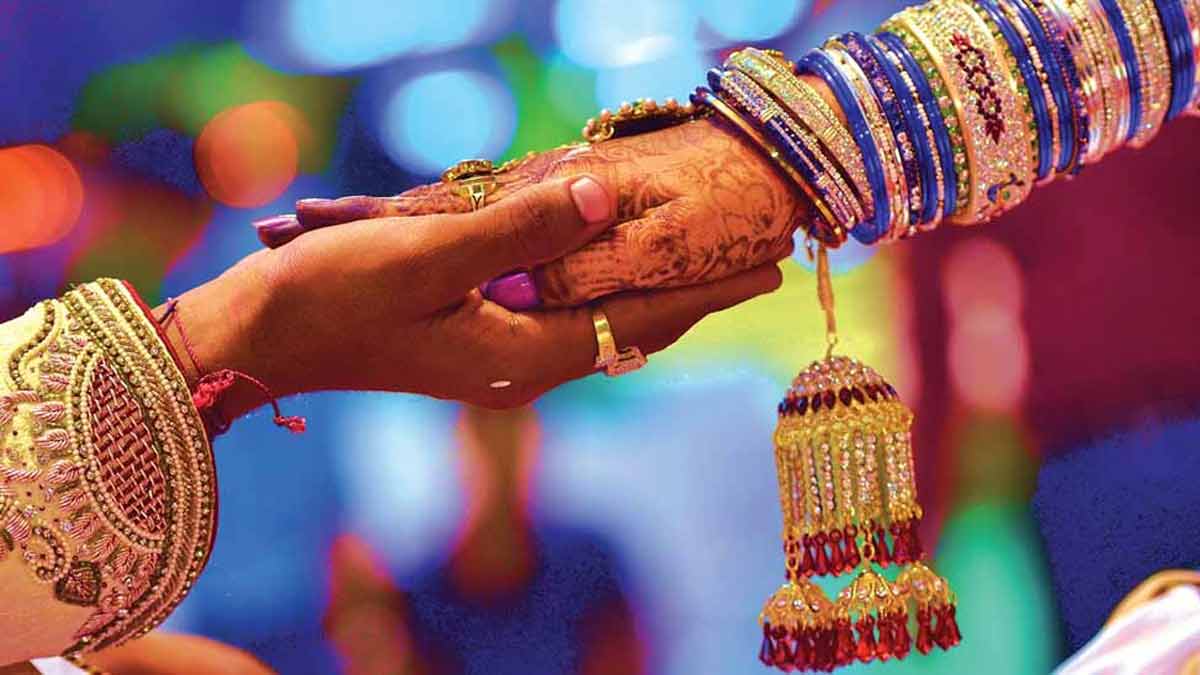Two brothers marry same woman in Himachal; why polyandry is still prevalent in the Hatti tribe
 Reprresentative image
Reprresentative image
Hundreds of people witnessed a marriage function in Shillai village of Himachal Pradesh where two brothers tied the knot to a woman early this week.
Bride Sunita Chauhan and grooms Pradeep and Kapil Negi, who all belong to the Hatti tribal community, said they made the decision to marry under the anachronistic tradition of polyandry without any pressure.
Pradip works in the government department, while Kapil has a job abroad. "We followed the tradition publicly as we are proud of it, and it was a joint decision," says Pradeep.
The tradition, locally known as ‘Jodidara’, has the approval of the revenue laws of Himachal Pradesh.
Who are Hattis?
Hattis, a small community living along the Himachal-Uttarakhand border, were declared as a Scheduled Tribe three years ago. There are nearly three lakh people of the Hatti community who live in about 450 villages in the region.
Though the practice of polyandry had been prevalent in the community for centuries, the number of such instances has reduced drastically in recent decades due to rising literacy among women and economic uplift.
Why Hattis choose polyandry
Kundan Singh Shastri, general secretary of Kendriya Hatti Samiti, told the PTI news agency that the practice had begun thousands of years ago to save agricultural land from further division. According to him, the tradition also aims to promote brotherhood and mutual understanding in a joint family.
A ‘feeling of security’ is also a contributing factor in the prevalence of this tradition, says Shastri. "If you have a bigger family, more men, you are more secure in a tribal society".
It also helps in managing scattered agricultural lands in far-flung, hilly areas that require a family for a long time for care and cultivation, Shastri contends.
India